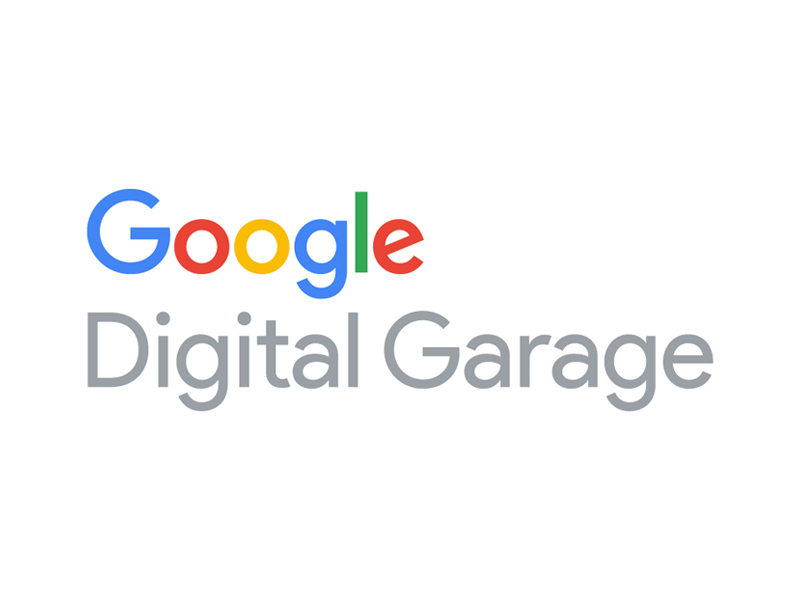There’s little you can’t do online, there’s little that doesn’t have the option to go online and access either the exact same or quicker services there. Customers and clients live and exist in a vastly digitally enabled world where online possibilities are positively endless.
However, for a moment, turn your attention, with us, to customer service and client care and question whether or not this world of opportunity and convenience is truly offering the best customer service and why it pays to keep a personal, analogue element to your customer-facing business interactions.
The convenience of digital capabilities across countless industries is beneficial for both users and the organisation. If we look at this in its most simple and obvious form – online shopping, we can quickly deduce the benefits of online. Online transactions had risen by 27% in only 2 years by the end of 2017; organisations have been able to increase their turnover and utilise more flexible pricing in response to supply and demand in real time. With benefits for the customer and the retailer, it means much fewer out of stock situations as items can be tracked down online, even in the service sector, websites enable services to viewed online and downloaded without the hassle of a meeting or even a phone call.

Convenience
The convenience of next day delivery or store pick up means that we can shop as and when we remember or desire an object and have on the day we require it, often without leaving the house – convenience personified! This has now evolved further, to give even more control to the shopper as we see s’hop now pay later’ having a surge in popularity. ASOS is one of the main big brands to offer this service, allowing you to only pay for the things you keep, something the bank balance is extra thankful for!
Checking out could not be simpler, forget queues, a few clicks and you’ve paid. Many details can and will be saved by individuals, (regardless of safety advice to not always opt for this). The wonder that is Paypal means we have no need to repeatedly add in our card details, it’s a simple click-through transaction and we’re done.
In-app shopping and more recently Instagram’s ‘Shop’ feature have taken this a step further; as shoppers we don’t even have to make the decision to shop, we can be searching through social media, like a top in an image and buy it within minutes, or simply be using our phones and have a reminder glistening away in the form of an ASOS or Amazon app. Our phones offer up specific stores and their content in the simplicity of app form, one of the reasons that smartphone traffic made up 53% of all online traffic and 29% of sales in 2016, and we know that this has risen! (IBM).

Service
Arguably offering these services of convenience are in fact offering the best customer service possible, giving your customers the option of these convenient online solutions to their busy lives.
Perhaps much of this preference depends on your brand, are you a high street brand and are you at the higher or lower end of this bracket, are you a high-end brand, a luxury store or an independent? This will clearly affect the level of service you strive to provide to your valued customers.
The ‘experience’ element of shopping has been developed and given increasing importance over hundreds of years. Is this then something that we should be more eager to hold on to? Human contact, it is safe to say, is something that is still a valued part of the shopping experience for many, the personalisation and care and attention that is given to you individually is not something we can easily gain online. The effort and attempts to offer this same level online are growing and again, developing, with the introduction and rise in the use of ‘bots’ to help answer queries and questions to do with our orders, however, there is still often a layer of frustration found in these transactions.
This applies not only to our example of online shopping, but to all services offered to clients and customers, depending upon your industry, many clients like to know who they’re dealing with and this may mean knowing a voice or a face that they have dealt with once or twice in person.
We also are still incurring issues of trust with online purchasing. Although a good majority of younger generations are happy and comfortable with online transactions and willing to shop online most of the time (potentially this is due to them being more digitally savvy), many would still prefer to hand their money over in person or be in control of making the card transaction themselves. After all, there’s never going to be an issue of your parcel not arriving after payment or getting delivered to the wrong address when you purchase it from the store yourself!

The Take Away…
Offering digital options to your customers and clients is not only commonplace but necessary, they will expect the option to find you online. Are we planning for a purely virtual future? Not solely, no – there is a personal element of contact with your customers that can’t easily be replaced with digital. The introduction of bots and ever-increasing chat ‘solutions’ are working towards obtaining this level of contact in a digital manner, however providing your customers with a high level of direct, human customer service is something which can not easily be replaced and should not be forgotten as you evolve.
Use both digital and analogue to complement each other and keep each and every customer satisfied with your dedication to customer service.












